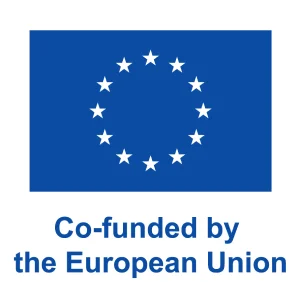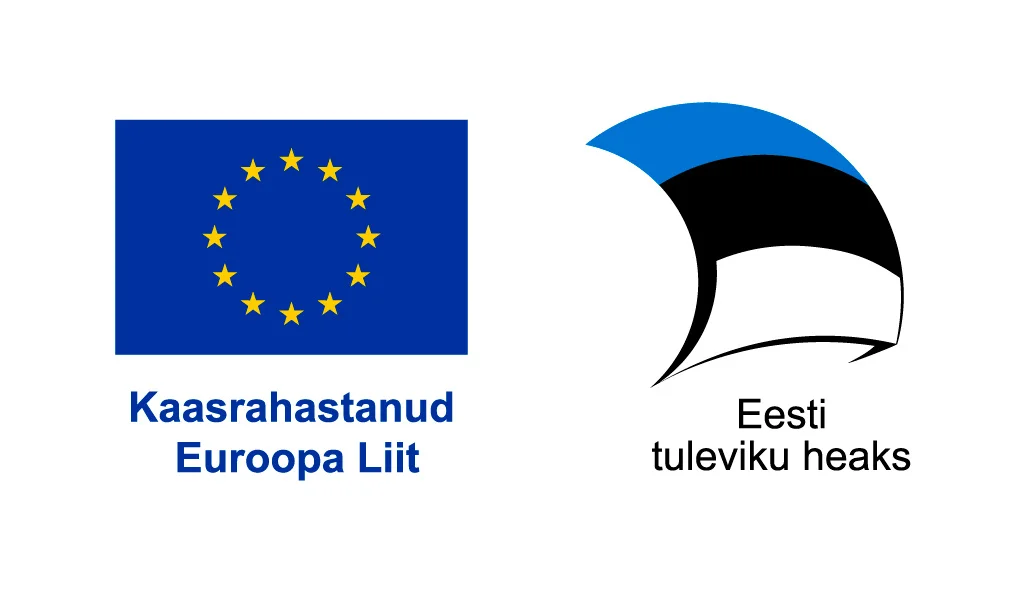Ida-Viru county has been advertising themselves as a land of adventure – no wonder the first adventure festival, a 3-day Seiklusfest, is going to be held here for the first time ever. Although, no one prevents you from entertaining here the remaining 362 days a year as there are plenty of opportunities, including SPAs, tasty food and sightseeing, which is Ida-Viru county especially rich in.
When, a few years ago, the Traveller magazine ordered a story introducing Ida-Virumaa, it really made to think about the county as a whole. As there was a limit set for the amount – not more 7000 characters! – then how was it possible to narrate an abundance of Ida-Viru wonders with so few words? Surprisingly, it appeared to be plausible if you aim at sparkling the curiosity.
Border town exotics
So, Ida-Virumaa is a land of adventure as here you can have adventures in air, in water, underground and on earth.
Even Narva can be considered a kind of adventure for Estonians. There you may arrange for an experiment to see if you get by in Estonian or not. In the Narva Museum you certainly will. In summer, the Northern Courtyard of the fortress becomes a courtyard for 17th-century craftsmen, with a pharmacy, a textile shop, wood shop, pottery and smithy. The calendar of events in the courtyard includes several theme days, starting with leather art and ending with use of herbs. This summer, the east wing of the previously closed fortress will open to visitors due to a brand new exposition.
Guided tours of the Narva Museum will also help open up the otherwise closed territory of Kreenholm, giving an idea of how great the textile industry here used to be. Today, a powerful entertainment and business center is being planned at Kreenholm. The first swallow is the construction of the Kreenholm textile world in the historical cotton warehouses of Varesesaare. The unique tourist attraction will tell stories related to cotton, textiles and design.
In the last two summers, Varesesaare, hosted the summer performance of Tartu New Theater „The Kremlin Nightingales“, which brought tens of thousands of domestic tourists to Narva. It was symbolic that the renowned singer, Jaak Joala’s, life unfolded on the Estonian-Russian border, because the beloved singer himself was trapped between two worlds – that of Estonia and Russia.
A totally unusual world opens up next to the Narva Reservoir, where the canals and the boat sheds that surround them form a kind of Narva Venice. While the dachas of Narva inhabitants are examples of self-created architecture, the recognized contemporary architecture in the border town is embodied by the Joaoru beach building, which was also nominated for the annual award of the Union of Estonian Architects, and a building of Narva College of the University of Tartu whose authors were awarded the annual prize of the Estonian Cultural Endowment.
There is not much left in Narva, but in addition to the castle, Kreenholm and the town hall, it is worth paying a visit to the stone casemate of the 300-year-old Victoria bastion, which was opened to tourists thanks to the European Union financing. The river promenade, which offers a million-dollar view of Russia, has also become beautiful with the EU financial support.
A walk along the promenade
A walk in the neighboring town of Sillamäe, where Mere (i.e. Marine) Boulevard was recently renovated, also promises new experiences. The promenade starts at the cultural center, taking walkers to the sea from the heart of the city featuring Stalin-era architecture.
Almost all cities of Ida-Virumaa can be proud of their promenades. The Kohtla-Järve promenade is characterized by fountains, the county center Jõhvi pleases the eyes with bright red cranberry chairs and white snowball-like lights. The resort town of Narva-Jõesuu, which has a long tradition, invites you to take your time on park benches, in stylish pavilions and on terraces built on the sand dunes of the beautiful beach.
The largest treasure of Narva-Jõesuu is a 12-kilometer-long sandy beach lined with pine trees. Narva-Jõesuu has not been as refurbished as the summer capital of Estonia, Pärnu, but in terms of coastline, it will definetely outmatch it.
An equivalent paradise for holidaymakers can be found on the sandy northern shore of Lake Peipsi, which runs for more than 30 kilometers from Kauksi to Vasknarva and is especially suitable for those who despise the cold sea. There is no shortage of warm bathing water or wonderful nature in the richest area of lakes in Estonia. There are over 40 lakes in Kurtna Lake District. When walking along the hiking trail, you can see 11 of them at once.
The best-known hiking trails in Ida-Virumaa are Kotka and Selisoo, which lead to the mysterious world of bogs. From now on, admirers of the highest Valaste waterfall in Estonia can also move on the hiking trail. Toila Oru Park promises a walk with a more romantic note with its old alleys, castle garden with fountains, a species-rich dendropark, white pavilions, a mysterious grotto and a Silver Spring cave.
If the Estonian summer weather does not favor staying outside, there are several first-class SPAs at the holidaymaker’s disposal, which are worth exploring in Narva-Jõesuu, Toila and Mäetaguse.
Make the adventurous spirit rise
When you think of the word „adventure“, the Estonian Mining Museum, Kiviõli Adventure Center and Aidu Water World come to mind first. All of them are related to the mining of Estonian brown ’gold’ and have put the oil-shell industry at the service of tourism.
The mining museum located in the former mining settlement of Kohtla-Nõmme offers the deepest experience in Estonia. To do this, put a helmet and the miner’s overalls on and get down to mining passages up to eight meters deep, which are as damp and dark as when the oil shale was still being mined.
After the underground experience, you can treat yourself to an adrenaline rush on the ground. The Adrenaator Group’s Quarry Safari starts at the enrichment factory, which leads to a terrain that is difficult to cross with SUVs, which also features mountain peaks, artificial lakes and canyons.
The next peak of the adventure triangle is in Kiviõli. It is better known as a winter center built on slag heaps, and where you can also come across Kelly Sildaru, but it also has been offering summer entertainment for several seasons. The traffic town, fire academy, summer snow-ring trail, timed mountain cars and a high adventure park attract families and school excursions alike.
Not far from Kohtla-Nõmme and Kiviõli, the water world opens up, which is based on the artificial landscape of the former oil shale quarry. Aidu Veemaa is being developed in such a way that top-level rowing competitions can be held on the local channels. However, a variety of entertaining water attractions are intended for ordinary visitors.
Alutaguse Recreation and Sports Center in Pannjärve also promotes outdoor movement. In winter, the ski trails are usually navigable there, even if elsewhere in Estonia you have to settle for running in mud instead of some nice spurts. In addition to illuminated health trails, Pannjärve has a year-round tube and adventure park, the raisins of which are flying over the lake.
A journey into history
Visitors keen on culture head to Pühtitsa Convent in Ida-Viru county, where they can embrace a totally different reality. On the one hand, older than a hundred-year-old nunnery has the comforts of modern life, including modern energy sources, wind turbines and solar panels. On the other hand, people live there in the same way as they did in the old days, where work alternates with prayer and prayer with work. The gates of the only Russian Orthodox nunnery operating in Estonia are open to visitors, which allows them to take a closer look at the life of nuns.
Those interested in history and culture should also take a manor tour. Kukruse, for example, is proudly named the ’Polar Manor’, which it got after Eduard, a member of the von Toll family, who was looking for Sannikov’s land as a passionate traveler. The Kukurse manor exhibition recounts the history of Baltic Germanism, the Toll family, but also talks about life in the Arctic. Currently the biggest attraction of Ontika is the manor owner – the most successful mountain skier in Finnish history, world champion Kalle Palander.
One day is not enough to discover Ida-Virumaa. The choice of accommodation is wide and there are more and more places offering to recover strength. White Guide 2020 recommends five unique places where to eat: a Georgian tavern ’Mimino’ located next to Jõhvi, cafe ’Muna’ in Narva College of the University of Tartu, restaurant ’Rondeel’ in Narva Castle, ’Franzia’ restaurant in Narva-Jõesuu and ’Tulivee restaurant’ on Liimala beach.
SIRLE SOMMER-KALDA








